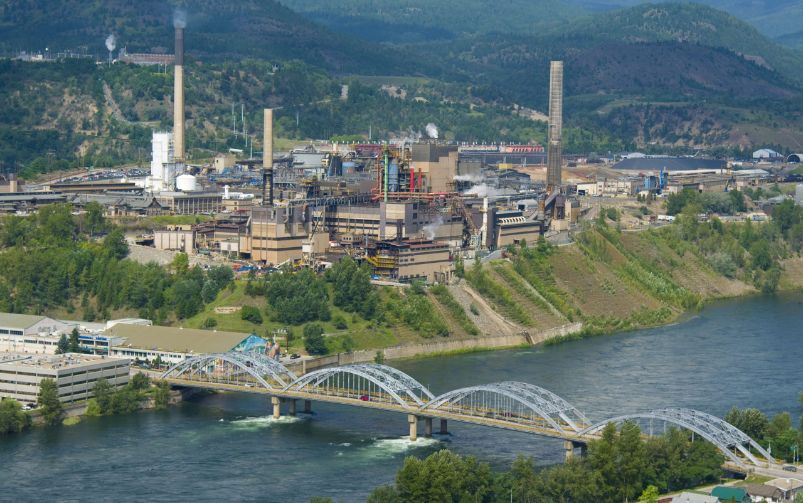The Cariboo gold project covers approximately 192,000 hectares and is within the historic Wells-Barkerville mining camp in central B.C. Courtesy of Osisko Development.
Osisko Development released an updated feasibility study on April 28 for its Cariboo underground gold project in central B.C., outlining several updates from the 2023 feasibility study.
The updated study, prepared by BBA Engineering, outlines an accelerated development sequence, which involves single-phase construction and a direct ramp-up to nameplate capacity of 4,900 tonnes per day, resulting in a 16 per cent increase in the life-of-mine average gold production to 190,000 ounces annually over a 10-year mine life, and an average of 202,000 ounces per year during the first five years.
Updated metallurgical testing led to the inclusion of a gravity circuit, which, alongside an improved flotation circuit, is expected to boost overall gold recovery to 92.6 per cent and enable the production of a higher-grade concentrate.
The study mentions an updated mine design with stope sizes increased by around 60 per cent, reducing the number of stopes needed to achieve average daily throughput.
Osisko also updated the price of gold from US$1,700 per ounce in 2023 to US$2,400 per ounce this year.
The company anticipates reaching a final investment decision and securing a project financing package in the coming months. Construction is expected to begin in the second half of 2025, with completion slated for the end of 2027.
The project’s total initial capital costs are estimated at $881 million. In the company’s 2023 study, it shared that for phase one of the project, initial capital costs were estimated at around $137.4 million, and around $451.1 million for phase two.
The base case for the project delivers a net present value of $943 million (up from $502 million in 2023) at a five per cent discount rate, with an internal rate of return of 22.1 per cent and a payback of 2.8 years, based on the estimated gold price of US$2,400 per ounce.
First gold is anticipated in the second half of 2027, assuming construction proceeds as scheduled.
The updated study reflected that probable mineral reserves remain mostly unchanged, increasing slightly to 2.07 million ounces of gold (17.8 million tonnes grading 3.62 grams per tonne).
The company has already signed participation agreements with the Lhtako Dené Nation, in 2020, and the Williams Lake First Nation, in 2022. It is currently working towards an agreement with the Xatśūll First Nation.




